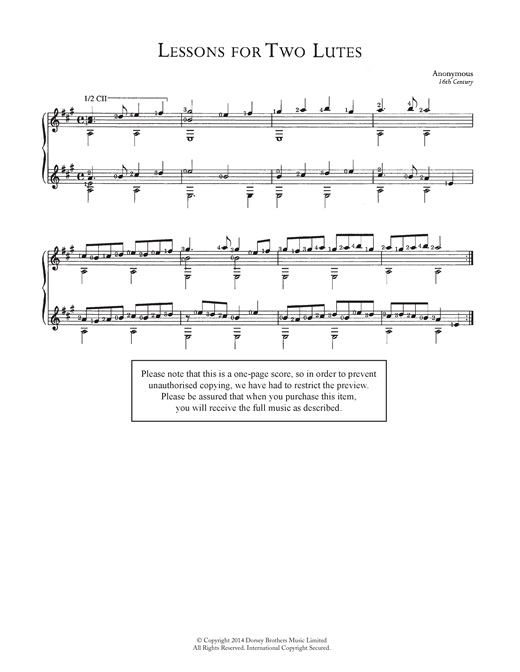
The line between the two bass clef dots is the “F” line on the bass clef staff, and it’s also referred to as the F clef. For lines, we remember EGBDF by the word cue “Every Good Boy Does Fine.” Similarly, for the spaces, FACE is just like the word “face.” Bass Clef We use common mnemonics to remember the note names for the lines and spaces of the treble clef. Higher notes on a keyboard also are notated on the treble clef.

The treble clef notates the higher registers of music, so if your instrument has a higher pitch, such as a flute, violin, or saxophone, your sheet music is written in the treble clef. The G’s inner swoop encircles the “G” line on the staff. The treble clef has the ornamental letter G on the far left side. There are two main clefs with which to familiarize yourself the first is a treble clef. Sheet music notes, represented by lines and spaces, are named A-G, and the note sequence moves alphabetically up the staff. Each of those lines and each of those spaces represents a different letter, which in turn represents a note. The staff consists of five lines and four spaces.

#SHEET MUSIC TUTOR HOW TO#
All music contains these fundamental components, and to learn how to read music, you must first familiarize yourself with these basics. Music is made up of a variety of symbols, the most basic of which are the staff, the clefs, and the notes. How to Read Music Step 1: Learn the Basic Symbols of Musical Notation
#SHEET MUSIC TUTOR FREE#
Keep reading to the end for some free tools and sheet music arrangements to help you learn. Learning how to read music really does open up a whole new world to explore!įollow our step-by-step introduction to reading music and, with a little practice, you’ll be playing along in no time. Think of the notes as the letters, the measures as the words, the phrases as the sentences, and so on.

They represent the pitch, speed, and rhythm of the song they convey, as well as expression and techniques used by a musician to play the piece. The symbols you see on pages of sheet music have been used for hundreds of years. Have you ever heard a song on the radio and thought, “Hey, it’d be really cool to know how to play that?” Do you have friends who play musical instruments, and you want to join in on the fun? Do you want to expand your general artistic knowledge? Well, learning the basics of how to read sheet music can help you achieve all of these, and in a shorter amount of time than you might think!Īt its very simplest, music is a language just like you’d read aloud from a book.


 0 kommentar(er)
0 kommentar(er)
